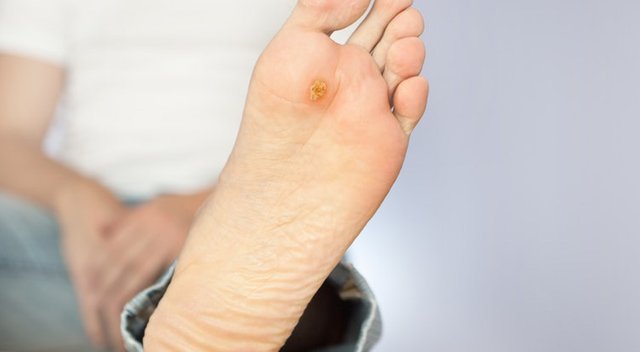People suffering from diabetes have higher sugar levels than is considered normal. Over time, this can lead to complications and interfere with other bodily functions, including the feet. The most common being open wounds and diabetic ulcers that require adequate foot care and control of diabetes as a preventive measure. While the treatment depends upon the cause, seeking medical advice is a must to avoid the infection from setting in that might even lead to limb amputation. It is crucial to learn of the causes to better cope up with diabetic foot ulcers, which are as follows:

1. High Blood Sugar Levels
An elevated level of blood glucose in patients can lead to stiffening of the arteries that restrict the delivery of oxygen and blood. This impacts the body’s natural healing capacities. Hence, it is important to keep one touch select test strips to keep a check the blood glucose regularly.
2. Poor Circulation
Those suffering from diabetes are at a higher risk of developing peripheral arterial disease (PAD) in which the blood flow to the feet and legs is restricted. The condition is dangerous especially for those suffering from chronic wounds and diabetic foot ulcers in particular as the body’s capacity to heal is inhibited significantly.
3. Nerve Damage
Uncontrolled blood sugar levels can lead to diabetic neuropathies that can cause nerve damage and loss of sensation. This makes it difficult to recover from diabetic foot ulcer.
4. Immune System Issues
Diabetes can have a significant impact on a person’s immune system and inhibits the body’s ability to fight bacteria in the area infected with a diabetic foot ulcer.
5. Infection
Due to a weaker immune system in patients suffering from diabetes, the chances of a wound developing into an infection such as diabetic foot ulcer are quite high.
Treatment
Staying off your feet is the most common preventive measure since walking creates pressure leading to expansion of foot ulcers. Instead of making the infection worse, certain foot protection might be necessary such as:
• Casts or foot braces
• Diabetic shoes
• Compression wraps
Your doctor might perform debridement to help with the healing. Immediate treatment is required in case of an infectious foot ulcer that can be prevented with the following measures:
• Foot baths and disinfection
• Enzyme treatments
• Dressing changes to keep the ulcer dry
• Calcium alginates dressing to inhibit bacterial growth
Medication
Antibiotics, anti-clotting medicines or antiplatelet might be prescribed depending upon the progress of the infection. Over the counter treatments involve iodine, dressings containing silver, medical grade honey and PHMB (polyhexamethylene biguanide).
Surgical Procedures
Surgical procedures can help alleviate the pressure around the ulcer by removing deformities. It can also prevent it from getting worse that can lead to amputation.
A final bit of advice would be not to take any chances when dealing with diabetic foot ulcers. It’s better to act faster than regret later. Also, keep regular health monitoring devices such as medical infrared thermometer at home to keep a check over your overall health.
Summary – Diabetic people can easily develop foot ulcers that require immediate attention. The treatment varies depending upon the cause. It’s advisable to seek medical attention as soon as possible in case of any discomfort or pain. If neglected, the problem can even result in amputation